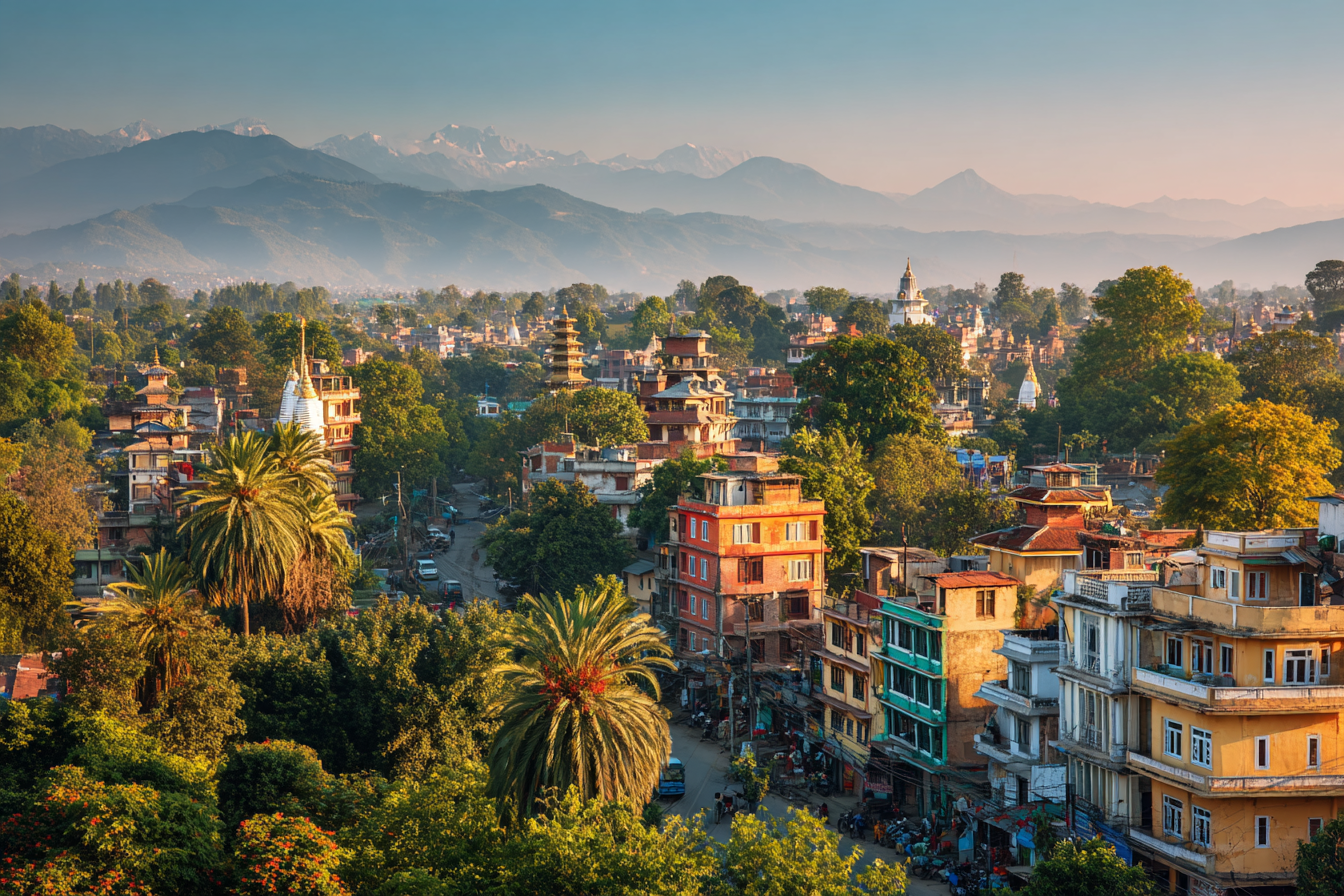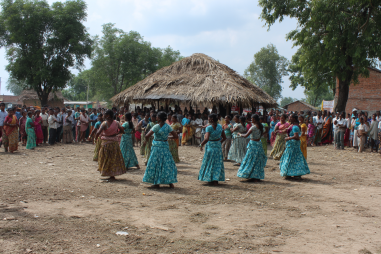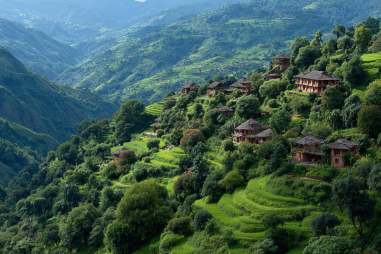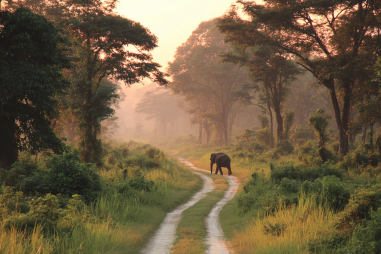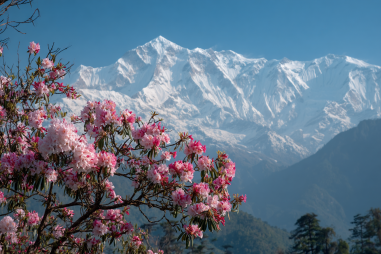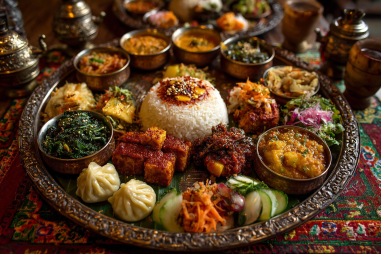Nestled amidst the stunning Himalayan foothills, Kathmandu is a city brimming with history, culture, and vibrant energy. As the capital of Nepal, it offers an exciting blend of ancient temples, bustling markets, and warm local hospitality. Whether you’re an avid adventurer, a history enthusiast, or a foodie eager to try new flavors, this Kathmandu travel guide will equip you with everything you need to know to make the most of your visit to this enchanting city.
Best Time to Visit
The ideal times to visit Kathmandu are during the spring (March to May) and autumn (September to November) seasons. Spring welcomes the city with blooming flowers and pleasant temperatures, making it perfect for sightseeing and trekking in nearby regions. Autumn, on the other hand, offers clear skies and comfortable weather conditions, ideal for cultural festivals and exploring the city’s ancient landmarks. Avoid the monsoon season from June to August, as heavy rains can disrupt travel plans and make outdoor activities challenging. Winters from December to February tend to be cold but less crowded, suitable if you prefer a quieter experience.
Top Attractions and Landmarks
Kathmandu boasts a plethora of must-see sites that reflect its rich historical and spiritual heritage. Here are some key attractions you should include in your itinerary:
- Patan Durbar Square: A UNESCO World Heritage site renowned for its beautiful Newari architecture, ancient palaces, temples, and artisan workshops.
- Swayambhunath Stupa (Monkey Temple): Situated atop a hill, this iconic Buddhist stupa offers panoramic views of the Kathmandu Valley and a glimpse into local religious life.
- Boudhanath Stupa: One of the largest spherical stupas in Nepal, it serves as a major pilgrimage site for Buddhists and features colorful prayer flags fluttering in the wind.
- Pashupatinath Temple: A sacred Hindu temple on the banks of the Bagmati River, dedicated to Lord Shiva. The site is vibrant with religious rituals and festivals.
- Kathmandu Durbar Square: The old royal palace complex is filled with temples, courtyards, and museums that narrate the city’s royal past.
- Thamel: The bustling tourist quarter packed with shops, restaurants, and nightlife, perfect for an evening stroll and exploring local crafts.
Local Culture and Traditions
Kathmandu is a melting pot of diverse cultures, predominantly influenced by the Newar community, who are the original inhabitants of the Kathmandu Valley. Festivals play a central role in the city’s life—whether it’s the color-filled Holi, the spooky tales of Ghode Jatra (Horse Festival), or the vibrant celebrations of Dashain and Tihar. Respect for religious traditions is noticeable everywhere, from the prayer wheels spun by locals to the carefully maintained temples. When interacting with locals, a modest dress code and polite behavior are appreciated, especially in sanctified places.
Transportation and Getting Around
Getting around Kathmandu can be an adventure on its own. The city’s narrow streets and bustling traffic can be overwhelming but manageable once you understand your options. Here’s what you need to know:
- Taxis: Widely available and affordable for short distances. Always make sure the driver uses the meter or agree on a price upfront.
- Rickshaws and Tempos: These are three-wheeled vehicles convenient for quick trips within the city.
- Local Buses: The cheapest way to travel but can be crowded and less comfortable.
- Walking: Many attractions in the Thamel and Durbar Square areas are best explored on foot due to traffic congestion.
- Rental Bikes: Available for those comfortable navigating city traffic; a good option if you plan to explore outskirts and neighboring areas.
Accommodation Options
Kathmandu caters to all types of travelers with a range of accommodation choices:
- Budget Hostels: Perfect for backpackers and solo travelers looking for affordable stays with a social atmosphere. Many are located in Thamel.
- Mid-Range Hotels: Offer more comfort, international amenities, and often include breakfast. These are spread across Kathmandu and nearby tourist zones.
- Luxury Hotels and Boutique Guesthouses: For those seeking premium services, several five-star hotels with spas, pools, and fine dining exist in the city.
- Homestays: Experience authentic local life by staying in a Newari home, offering insight into traditional customs and home-cooked meals.
Food and Dining Experiences
Nepali cuisine in Kathmandu is a delightful blend of flavors influenced by Tibetan, Indian, and Tibetan culinary traditions. Here are some local dishes and dining tips:
- Momo: These Tibetan-style steamed or fried dumplings filled with vegetables, chicken, or buffalo meat are a must-try street food.
- Dal Bhat: The staple Nepali meal consisting of lentil soup, rice, vegetables, and pickles.
- Newari Cuisine: Rich meat dishes and specialties like Bara (lentil patties) and Chhoyla (spiced grilled meat).
- Sweat Tea (Masala Chai): A comforting spiced tea widely enjoyed in the city.
For dining, you can find everything from street vendors offering quick bites to elegant restaurants serving international cuisine. Be sure to try local eateries for the freshest and most authentic flavors.
Safety Tips for Travelers
Kathmandu is generally safe for tourists, but like any busy city, a few precautions help ensure a hassle-free trip:
- Stay vigilant of your belongings, especially in crowded areas to avoid pickpocketing.
- Drink bottled or filtered water to avoid water-borne illnesses.
- Respect local customs and dress modestly, particularly when visiting religious sites.
- Use registered taxis or reputable transport services, especially after dark.
- Be cautious when crossing busy streets as traffic can be chaotic.
If you plan on trekking beyond Kathmandu, inform someone about your itinerary and always travel with a licensed guide or group.
Sample Itineraries
Here are two sample itineraries to help you organize your Kathmandu adventure:
Short Trip (2-3 Days)
- Day 1: Explore Kathmandu Durbar Square and nearby temples, enjoy local street food.
- Day 2: Visit Swayambhunath Stupa in the morning, afternoon trip to Boudhanath and Pashupatinath.
- Day 3: Discover Patan Durbar Square and shop for souvenirs in Thamel.
Extended Trip (5-7 Days)
- Days 1-3: Follow the short trip itinerary to cover Kathmandu’s main attractions.
- Day 4: Take a day trip to Bhaktapur, a historic city known for its well-preserved architecture.
- Day 5: Visit Nagarkot early morning for stunning Himalayan sunrise views.
- Day 6: Explore the local markets and indulge in a cooking class to learn Nepali cuisine.
- Day 7: Relax in a traditional spa or visit a monastery for a peaceful day before departure.
These itineraries can be customized based on your interests, whether you want to focus more on culture, nature, or outdoor activities.
Kathmandu is a city of contrasts—ancient and modern, serene and lively. With its captivating sights, rich cultural tapestry, and warm community, it promises an unforgettable travel experience. By understanding the best times to visit, must-see places, local customs, and practical information, you can confidently embark on this incredible journey and create memories that last a lifetime. So pack your bags, bring an open heart, and get ready to immerse yourself in the vibrant spirit of Nepal’s capital.

